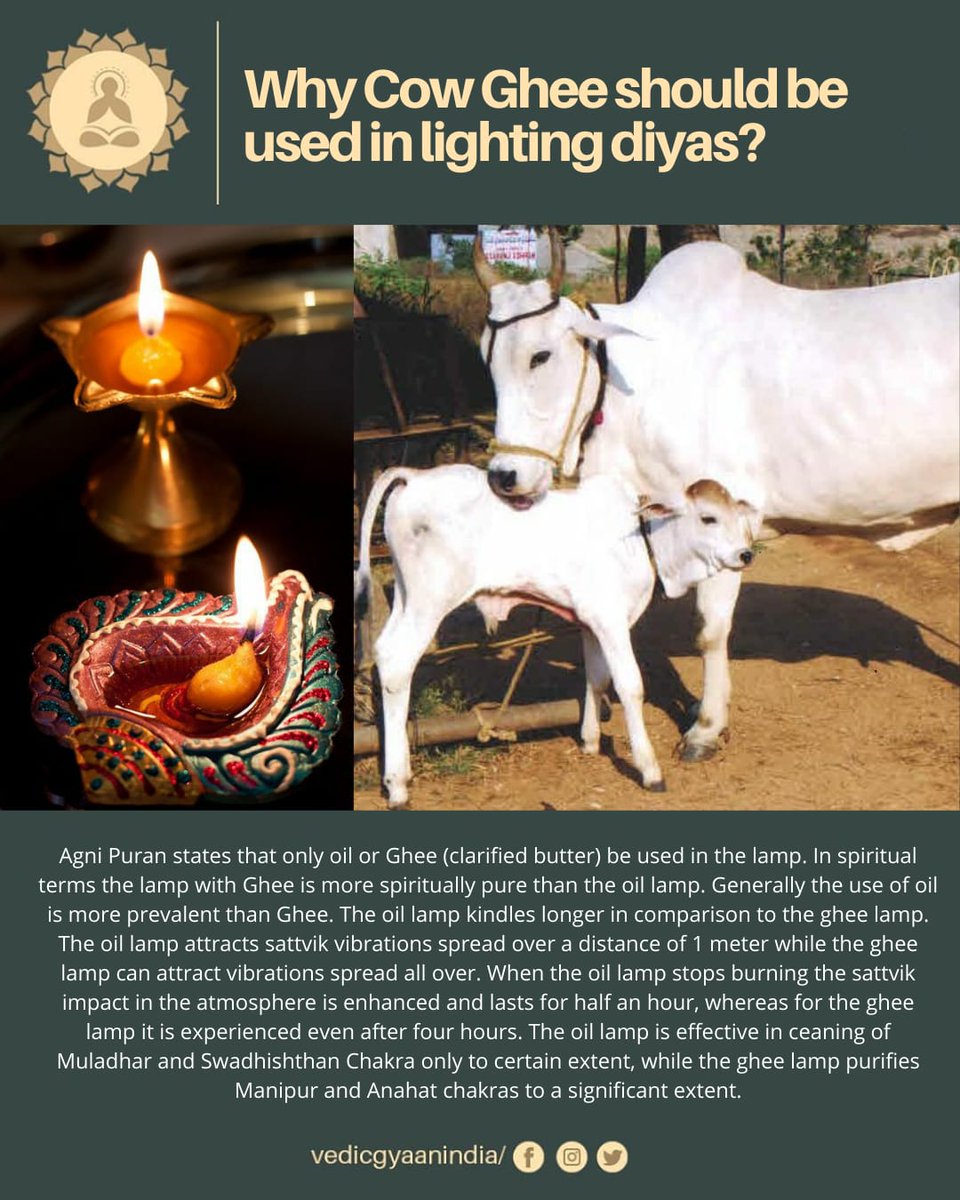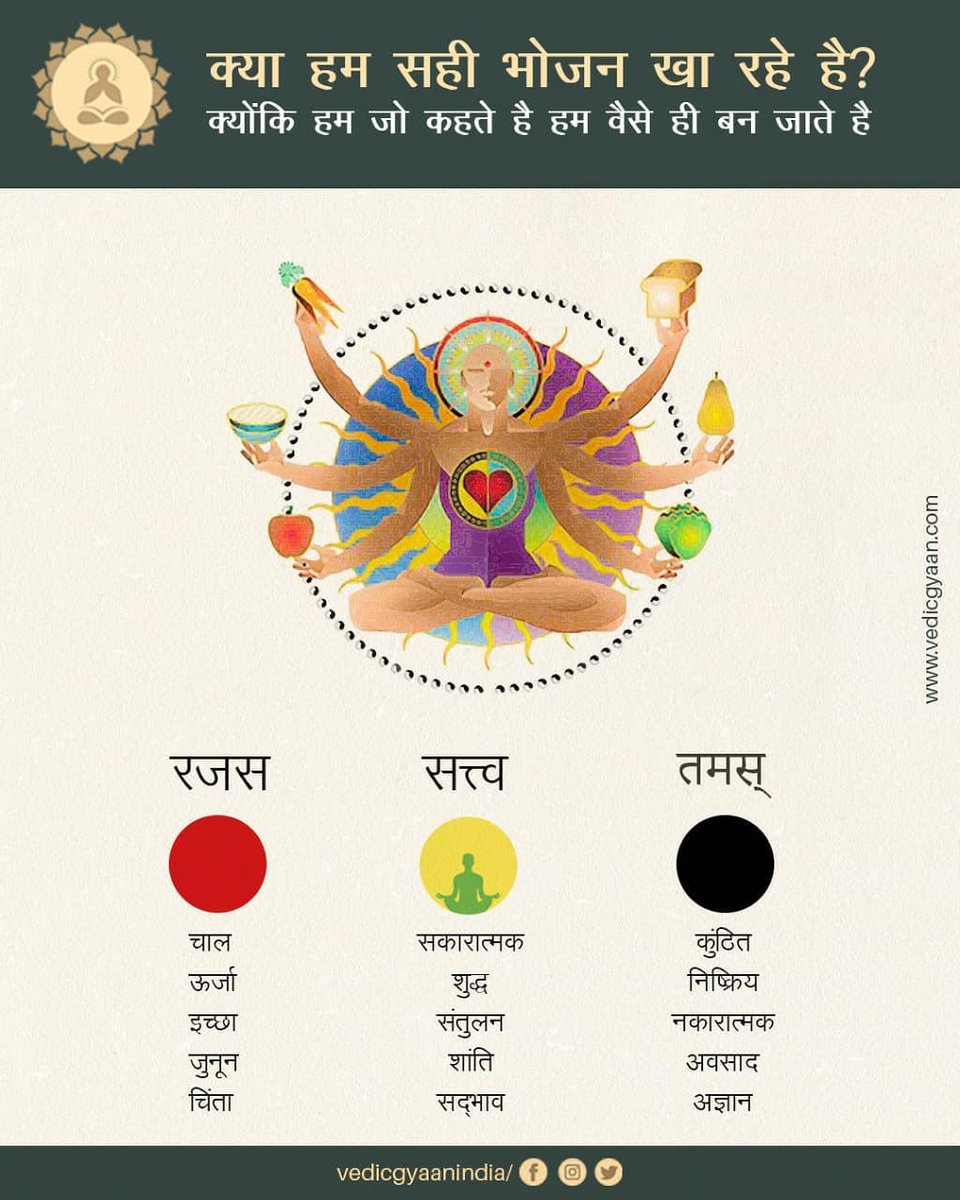
On days when the moon is full, its vibration, its feel, is very different than on other days. For a spiritual seeker, this day is like a boon from nature. Earlier, #Gurupurnima was among the most important festive occasions in the country. Over time, it got relegated to the 

background due to ignorance and so fewer people were aware of its great significance. However, it is now coming back slowly into prominence with more seekers looking for spiritual guidance. Guru Purnima is the day the first guru was born. Once upon a time, Shiva attained and went
into intense ecstatic dance on the Himalayas. When we say Shiva, in the yogic culture, we do not refer to him as a god. He is seen as the Adiyogi, or the first yogi. When his ecstasy became beyond movement, he became still. When it allowed him some movement, he danced wildly.
People saw that he was experiencing something that they were unable to fathom. They came, waited and left because Shiva was oblivious of other people's presence. Seven people hung on. These seven people were insistent that they must learn from him. Shiva ignored them.
They pleaded, "We want to know what you know." #Shiva dismissed them, "The way you are, you are not going to know, ever. You need to prepare. Tremendous amount of preparation is needed for this. This is not entertainment."
So they started preparing - for days, weeks, months and
So they started preparing - for days, weeks, months and
years...Shiva chose to ignore them. One full moon day, after 84 years of sadhana, #Adiyogi looked at these seven people. They had become shining receptacles of knowing. They were absolutely ripe to receive. Shiva could no longer ignore them. They grabbed his attention. He watched
them closely for the next 28 days. When the next full moon arose, he decided to become a guru. Adiyogi transformed himself into Adi Guru. The first guru was born on that day. That day is referred to as #GuruPurnima.
Read full blog on: vedicgyaan.com/guru-purnima-a…
• • •
Missing some Tweet in this thread? You can try to
force a refresh











